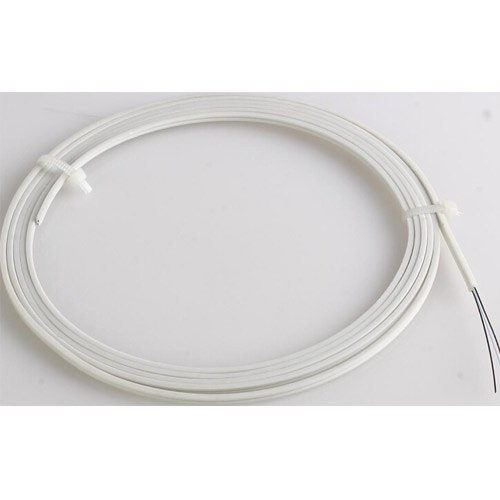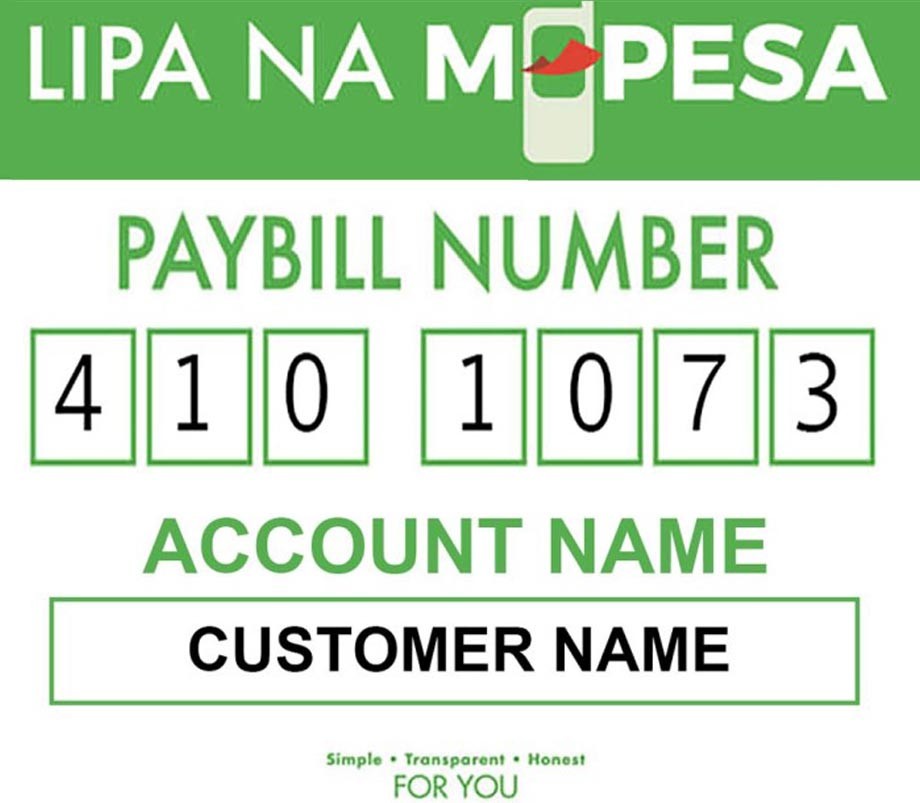
White indoor drop cable
Everything You Need to Know About Indoor Drop Cable: The Backbone of Your Home Network
What is Indoor Drop Cable?
Indoor drop cable is a type of cable designed to connect your home or office to an external service provider, such as an internet or cable television provider. It typically runs from an exterior point of entry (such as a utility pole or underground line) to the inside of your home, delivering services like internet, television, and phone connections. The term “drop” refers to the connection from the street-level infrastructure into your building, and indoor drop cable is designed to be installed within the building.
Indoor drop cables can be either coaxial cables (commonly used for cable TV and internet) or fiber optic cables (used for ultra-high-speed internet and other data services). The choice of cable depends on the type of service you're subscribing to and the quality of the signal you need.
Types of Indoor Drop Cable
-
Coaxial Cable (RG6, RG11)
Coaxial cables are one of the most common types of indoor drop cables. They consist of a central conductor (typically copper), an insulating layer, a shield (usually made of aluminum or braided copper), and an outer protective jacket. Coaxial cables are commonly used for cable TV, internet, and telephone services. RG6 is the most commonly used standard for indoor applications, but RG11 is used for longer-distance runs where signal loss is a concern. -
Fiber Optic Cable
Fiber optic cables use light to transmit data, offering much faster speeds and greater bandwidth than coaxial cables. These cables are used for high-speed internet and are ideal for households or offices that require ultra-fast data transmission. Although fiber optic cables are more expensive than coaxial cables, they offer much higher performance, especially for large data transfers and streaming high-definition content. -
Ethernet Cable (Cat5e, Cat6)
Ethernet cables like Cat5e or Cat6 are often used for internal networking within homes and offices. While they aren't strictly "drop cables" in the traditional sense, they can be used to distribute internet connectivity inside the building, particularly in setups where a wired connection is preferred over Wi-Fi.
Why Indoor Drop Cable is Essential for Your Network
-
Stable and Reliable Connection
Indoor drop cables provide a stable and reliable connection between your service provider and your home network. Whether you’re streaming movies, gaming online, or working from home, a high-quality drop cable ensures that your signal is strong and uninterrupted. -
Fast Data Transmission
If you rely on internet speed for work, entertainment, or communication, the type of indoor drop cable you choose matters. Fiber optic cables deliver lightning-fast speeds and higher bandwidth, ensuring that you can enjoy seamless streaming, gaming, and browsing. Even coaxial cables like RG6 offer reliable speeds, particularly for television and standard internet applications. -
Future-Proofing Your Home
Choosing the right indoor drop cable can also be a step toward future-proofing your home. As data demands increase, fiber optic cables offer the scalability needed to handle future technologies. Upgrading your home network to fiber today ensures that you’ll be able to take advantage of next-gen internet services and smart technologies without needing to replace your cables later. -
Reduced Interference
Fiber optic cables, in particular, are immune to electromagnetic interference, which can degrade the performance of electrical signals. Coaxial cables are also shielded to protect the signal, but fiber optics offer superior immunity to noise, ensuring a cleaner, more reliable connection.
How to Choose the Right Indoor Drop Cable
Selecting the right indoor drop cable depends on several factors, including the type of service you have, your internet speed requirements, and the distance the cable needs to run. Here are some things to consider when choosing your indoor drop cable:
-
Type of Service
If you have cable TV or standard internet service, coaxial cables (such as RG6) will be sufficient. If you're subscribing to high-speed fiber optic internet, you’ll need a fiber optic drop cable. Check with your service provider to see what type of cable they recommend for your specific service. -
Speed and Bandwidth Requirements
Consider the speeds you need from your internet connection. If you plan on streaming 4K content, gaming, or using cloud applications, fiber optic cables are the best choice due to their higher speed and bandwidth capacity. For less-demanding tasks, such as browsing the web or watching HD TV, coaxial cables will do the job. -
Cable Length and Distance
The length of the drop cable matters, especially with coaxial cables. Longer distances can cause signal degradation, so if you're installing a drop cable over a long distance, be sure to choose a high-quality cable like RG11, which is designed for longer runs. -
Installation Environment
Indoor drop cables are often routed through walls, ceilings, or floors. Consider the environment in which the cable will be installed, ensuring it is compatible with your building's wiring infrastructure. Coaxial cables are typically easier to work with for residential installations, but fiber optic cables may require more careful handling and installation due to their fragility.
How to Install Indoor Drop Cable
Installing indoor drop cable is a relatively straightforward process, but it's important to follow proper safety protocols and guidelines to ensure a smooth installation.
-
Prepare the Area
Before starting, clear the area where the cable will be routed. Measure the length of cable you’ll need, taking into account any twists or turns along the way. -
Use the Right Tools
You'll need cable stripping tools to prepare the cable for termination, as well as any connectors required for your specific cable type (coaxial or fiber optic). For fiber optic cables, you may also need a fusion splicer for joining two cables together. -
Run the Cable
If you're running the cable through walls or ceilings, be sure to use cable staples or clips designed for securing cables without damaging them. Avoid running cables near electrical lines to reduce the risk of interference. -
Test the Connection
Once the cable is installed, test the connection to ensure that it’s functioning properly. For fiber optic cables, you may need to check signal strength using a light meter.
Indoor drop cable is an essential component of modern home networks. Whether you're installing a high-speed fiber optic connection or a reliable coaxial cable for TV and internet, understanding the different types of drop cables and their benefits is key to ensuring a smooth and fast connection. By choosing the right cable for your needs, you'll enjoy faster speeds, more reliable service, and a future-proof setup for your home network.
Don't forget that proper installation and maintenance are crucial for optimizing your cable's performance. With the right indoor drop cable, you’ll be well-equipped for all your digital needs, from entertainment to productivity.
180
0
746
172

